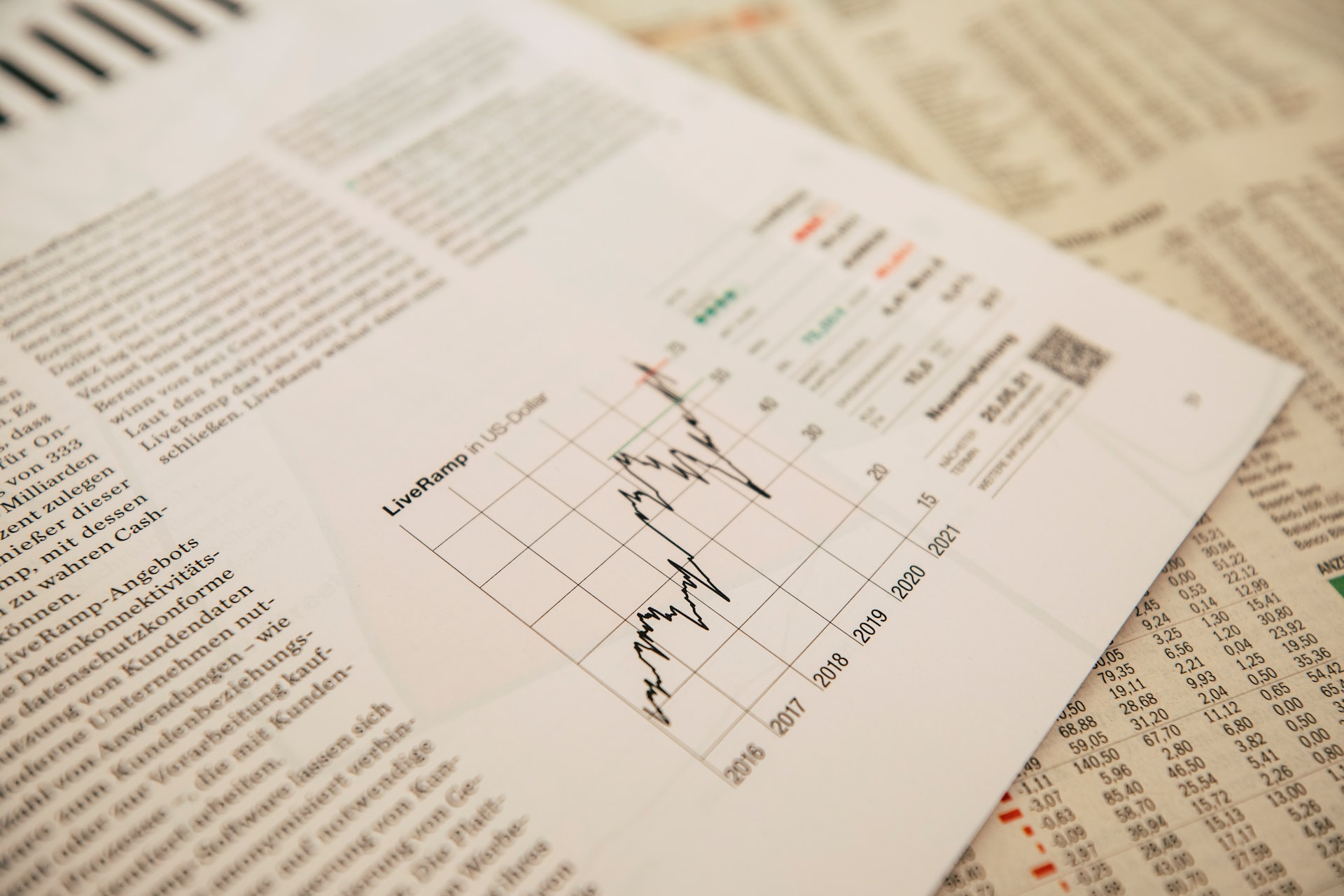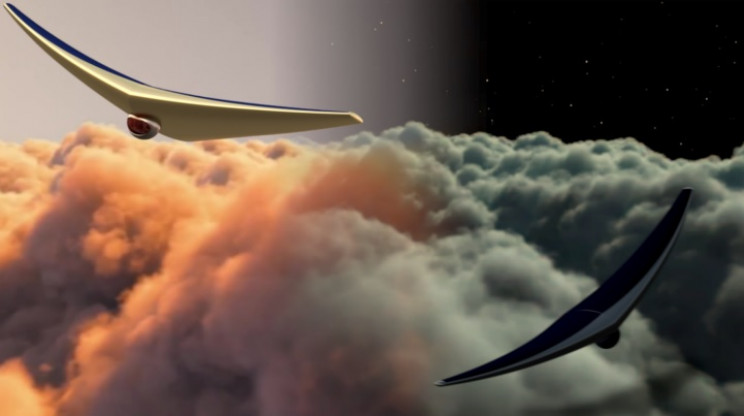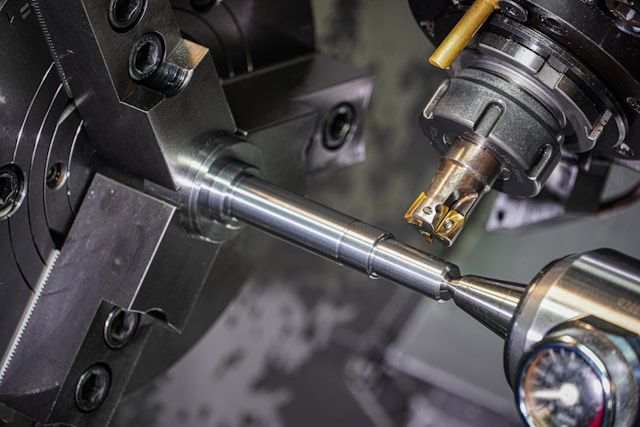Interpretations of recent research on Sea Level Rise (SLR) are somewhat sketchy as we are in the beginning of trying to understand factors that affect it.
The Science Of Sea Level Rise In Its Infancy
The National Oceanic and Atmospheric Administration (NOAA) has built a “Sea Level Rise & Coastal Flooding Impacts Viewer” or SLR. As you come to the interactive page a disclaimer appears:
“The purpose of this data viewer is to provide coastal managers and scientists with a preliminary look at sea level rise and coastal flooding impacts. The viewer is a screening-level tool that uses nationally consistent data sets and analyses. Data and maps provided can be used at several scales to help gauge trends and prioritize actions for different scenarios.
Use the five tabs at the top of the legend (ex. “Marsh”) to explore visualizations of sea level rise. The slider bar in each tab can be used to examine the impacts of multiple sea level rise scenarios. The overview text directly below the legend describes individual impacts.Additional documents and links provide further detail.”
Inherent in this “Disclaimer” is the notion that the tool is under development and incomplete; it is a tool that is continually updated to “new versions” as more information becomes available. In science, progress rather than perfection, is the focus.
Graphics illustrating how the United States would lose approximately 30,000 mi.² of land to the ocean, now home to 12 million people, show significant portions of New York, New Orleans, Miami, Virginia Beach, Fort Lauderdale and Boston, to name a few, under water.
Some scientists see a rise of 4 feet over the next century and 10 feet within the next two centuries. Others look at the same data and have vastly different conclusions: the mean sea level has risen 300 to 400 feet in the last 20,000 years or an average of a little more than half a foot per century with this rate increasing to nearly a foot in each of the last two centuries.
The two excellent papers “Tidily Adjusted Estimates of Topographic Vulnerability” and “Modeling Sea Level Rise” are followed by a third “C-level rise: Towards Understanding Local Vulnerability” which is a “perspective” on the first two papers, provide more details on how the models are created.
Science Seeks Progress, Not Perfection
According to Sir Karl Popper’s “The Logic of Scientific Discovery” science cannot prove anything because it is based on experiments and observations. Scientists focus on certain phenomena, while ignoring others; after all, it is impossible to take every variable into account. Of course there are attempts to model large, complex systems using techniques like the Monte Carlo method, but still there are limitations.
One example is the disagreement over the age of the earth. The best scientists can do is pose hypotheses, for example, that a fossil is 1 million years old, and test its age using the best scientific equipment and techniques available, in this case carbon dating.
Over time as more and more hypotheses are tested the weight of scientific evidence begins to “prove” a theory and “facts” emerge. But these “facts” always live with the possibility of one day being proven “wrong”.
Related aricles on IndustryTap:
- Satellite Technology Detecting “Sea Mountains”, Mapping Ocean Floors
- Japanese Firm Plans “Ocean Spiral” Housing Under The Sea: “Life Could Be Better, Down Where It’s Wetter… Under The Sea.”
- Will Leveling Global Playing Field Speed Up Transition To A Sustainable Future?
References and related content:







